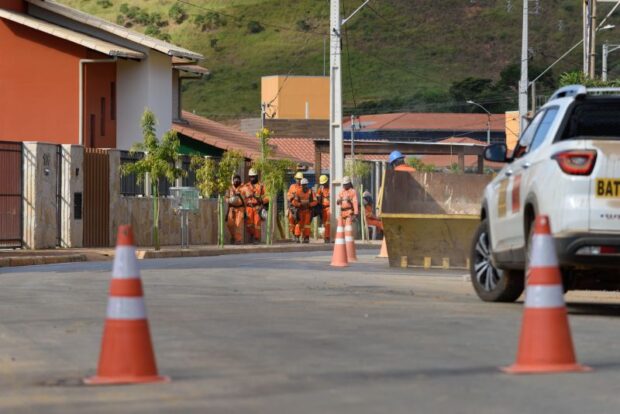The catastrophic collapse of the Mariana Dam in Brazil in 2015 sent shockwaves across the globe, serving as a grim reminder of the vulnerabilities inherent in industrial infrastructures. As the deluge surged through communities, it not only devastated the environment but also triggered a multifaceted response that showcased the power of innovative technologies.
From real-time monitoring systems that offered early warnings to sophisticated data analytics used in assessing damage, a suite of key technologies played a pivotal role in both immediate rescue efforts and long-term recovery plans. Yet, as we delve into the array of tools and methodologies that emerged in the aftermath, it becomes evident that the intersection of human ingenuity and technological advancement is not just a narrative of recovery; it is a compelling testament to how we can learn, adapt, and evolve in the face of environmental disasters.
The Mariana Dam disaster, with its significant repercussions, serves as a crucible for innovation—one that continues to shape our understanding of risk management, environmental stewardship, and community resilience.
Real-Time Monitoring Systems

Real-time monitoring systems played a pivotal role in the response to the Mariana Dam disaster, serving as both eyes and ears for emergency responders. Equipped with advanced sensors and satellite technology, these systems provided critical, immediate data on water levels, structural integrity, and environmental conditions. As the disaster unfolded, operators were able to detect anomalies in real time, facilitating quick decision-making and timely evacuations in surrounding communities.
The integration of live-feed video surveillance and automated alerts created a comprehensive view of the situation, enabling teams to coordinate their efforts with remarkable precision. In a landscape marked by uncertainty and rapid change, these sophisticated systems emerged as indispensable tools, marrying human intuition with cutting-edge technology to save lives and mitigate further catastrophe.
Thus, their implementation not only showcased the advancements in safety protocols but also underscored the urgency for continuous monitoring in high-risk zones.
Communication Platforms

In the chaotic aftermath of the Mariana Dam disaster, communication platforms emerged as lifelines, facilitating crucial exchanges of information among emergency responders, government officials, and affected communities. Social media platforms like Twitter and Facebook became pivotal in disseminating real-time updates, while messaging apps, such as WhatsApp, enabled rapid coordination among relief teams spread across vast geographical expanses.
The use of geolocation services and mobile alerts streamed essential information directly to citizens in peril, fostering community resilience and a collective response to the overwhelming challenges at hand. Moreover, traditional media outlets adapted swiftly, providing critical coverage that shaped public awareness and mobilized support for recovery efforts.
This multifaceted approach to communication not only bridged the gap between those in need and those able to help but also highlighted the indispensable role of technology in crisis management, reminding us of its capacity to unite and empower even in the darkest of times.
Data Analysis and Modeling Tools

Data analysis and modeling tools played a pivotal role in shaping the response to the Mariana Dam disaster, transforming raw data into actionable insights that informed recovery efforts. Powerful software platforms, equipped with advanced algorithms, enabled engineers and environmental scientists to sift through vast datasets—comprising satellite imagery, hydrological data, and geospatial analyses.
These tools facilitated the real-time monitoring of water levels and soil stability, providing critical information that was vital for assessing risks. Moreover, predictive modeling tools allowed researchers to simulate various disaster scenarios, helping authorities understand potential flood pathways and evaluate the efficacy of proposed mitigation strategies.
In the aftermath, these analyses not only underpinned immediate response actions but also sparked dialogues on long-term infrastructure resilience, illustrating how technology can turn chaos into clarity amidst environmental crises.
Conclusion
In conclusion, the Mariana Dam disaster stands as a stark reminder of the importance of advanced technologies in managing and mitigating the impact of environmental crises. From real-time monitoring systems to innovative data analysis tools, these key technologies have not only enhanced our immediate response capabilities but have also paved the way for more resilient infrastructure and better risk management practices.
The ongoing efforts in Samarco reparação illustrate the need for robust technological frameworks to ensure that such tragedies do not repeat themselves. As we move forward, it is imperative that we continue to invest in and refine these technologies, fostering a culture of safety and accountability that prioritizes the protection of both people and the environment.
The lessons learned from the Mariana disaster can guide us towards a more sustainable and secure future.




